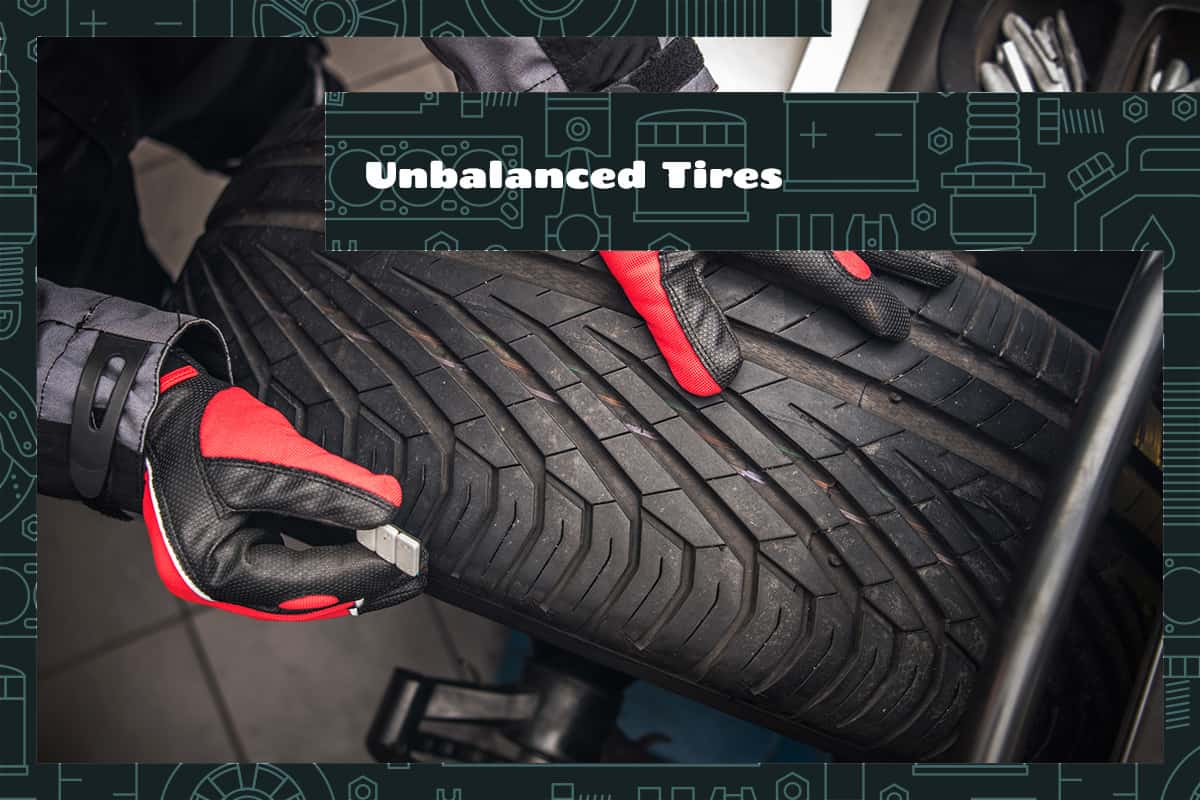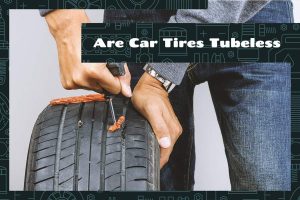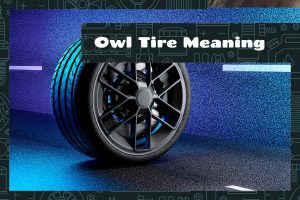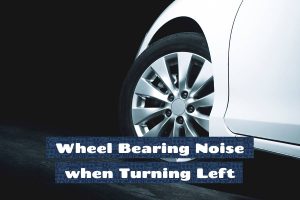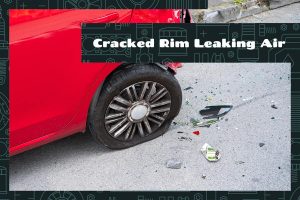Unbalanced tires might sound like a problem only a car mechanic needs to worry about, but actually, they affect us all. Sure, it may look like all four of your car’s tires are touching the road, but even a slight imbalance can lead to huge problems down the road.
Unbalanced tires occur when the weight of the tires is not evenly distributed around the wheel. Symptoms include:
- Vibrations in the steering wheel or seat while driving
- Uneven tire wear
- Lower fuel efficiency
In this guide, we’re going to explore the science behind tire balancing, how to spot the symptoms, and what to do about it.
Basics of Tire Balance
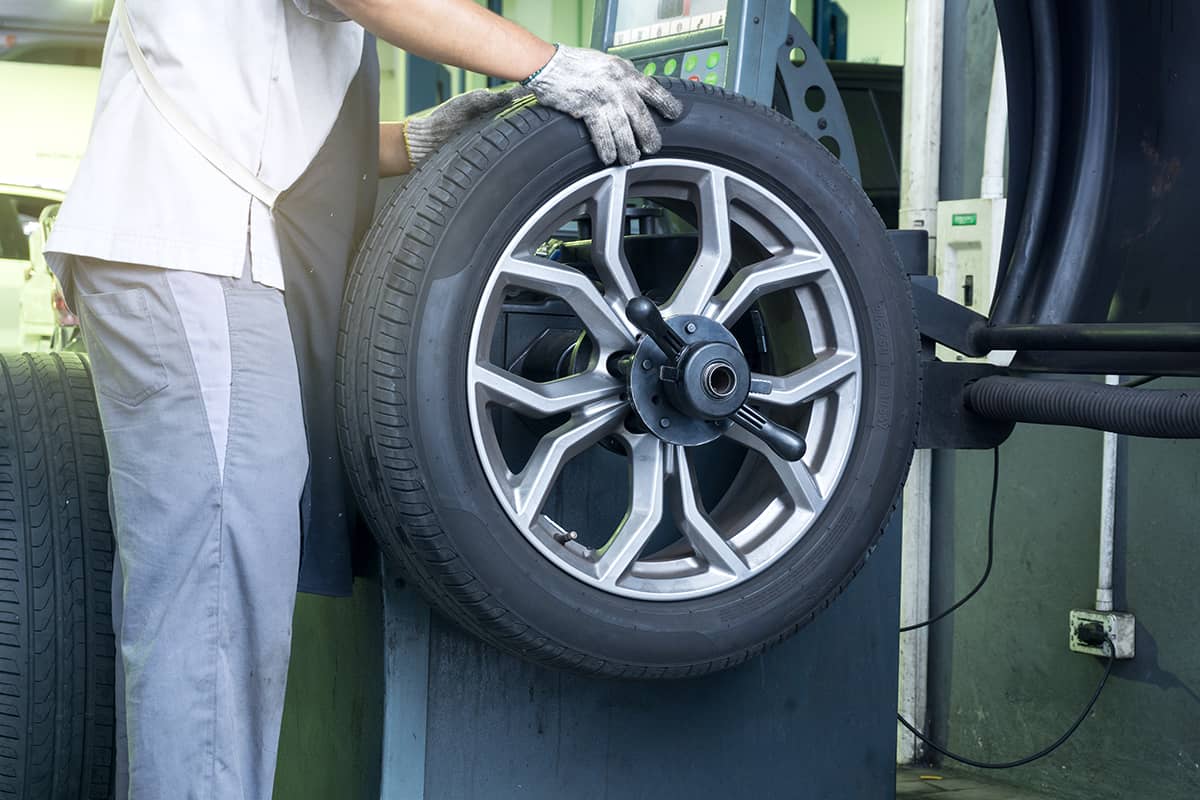
Tire balance is essential to a smooth, safe ride in your vehicle. But what is the science behind it? Let’s delve into it in a way that makes sense, even if you’re not a car mechanic.
Understanding tire dynamics
Tire dynamics involve the forces that come into play when a tire is rolling on the road. As you drive, your tires need to maintain traction with the ground while coping with the weight of the car and the forces from accelerating, braking, and cornering. In a perfect world, the weight of each tire would be evenly distributed around the wheel. This allows the tires to roll smoothly without bouncing or wobbling.
However, tires are not perfectly uniform. Small differences in the tire’s rubber, the wheel, or even the air inside the tire can create an imbalance. This imbalance may seem tiny, but at high speeds, it can have significant effects.
The role of centrifugal force
Centrifugal force is a key player in tire balance. When you spin a tire, this force pushes outward on every part of the tire. If the tire is perfectly balanced, the centrifugal force is the same all around, and the tire spins smoothly.
But when a tire is unbalanced, one section of the tire has more weight. This heavier part creates a larger centrifugal force as it spins, trying to push itself away from the center more than the rest of the tire. This can result in wobbling or vibrating tires, and you can often feel an uncomfortable sensation through the steering wheel or seat.
The effect of wheel weight distribution
In a balanced tire, the weight is evenly distributed around the wheel. When the weight isn’t even, we say the tire is unbalanced.
When the weight isn’t evenly spread around the tire, the car’s suspension system has to work harder to control the wheel’s motion and keep the tire in contact with the road, leading to quicker wear and tear on the car’s components and a less comfortable ride.
Symptoms and Consequences of Unbalanced Tires
When your car’s tires are unbalanced, they don’t just keep it to themselves. They send out clear signals that something is off. This section will explain the symptoms and consequences of unbalanced tires, which can affect not only your vehicle’s performance but also your wallet and the environment.
Signs your tires may be unbalanced
The first and most noticeable symptom of unbalanced tires is vibrations. As you drive, especially at higher speeds, you might feel your vehicle shaking. This shaking often starts subtly and gets worse over time as the imbalance continues to affect your tires.
Another sign is unusual tire wear. If you notice that your tires are wearing down faster on one side or in a cupped or scalloped pattern, this could be a symptom of unbalanced tires. If your car isn’t handling as well as it usually does, such as not steering straight or not braking as effectively, it might be due to unbalanced tires.
Finally, one major effect is decreased fuel efficiency. Your engine has to work harder to rotate unbalanced tires, burning more fuel. If you’re noticing more frequent trips to the gas station, your tires could be the culprit.
Environmental impacts of unbalanced tires
Unbalanced tires don’t just hit your wallet; they also impact the environment. When your tires are unbalanced, your vehicle consumes more fuel, which increases your carbon footprint. Burning more fuel releases more carbon dioxide into the atmosphere, a major contributor to climate change.
Additionally, unbalanced tires wear out quicker, meaning they need to be replaced more often. Tires are difficult to recycle and often end up in landfills, where they take a long time to decompose. So, maintaining tire balance can contribute to reducing environmental pollution.
Tire Balancing Processes and Procedures
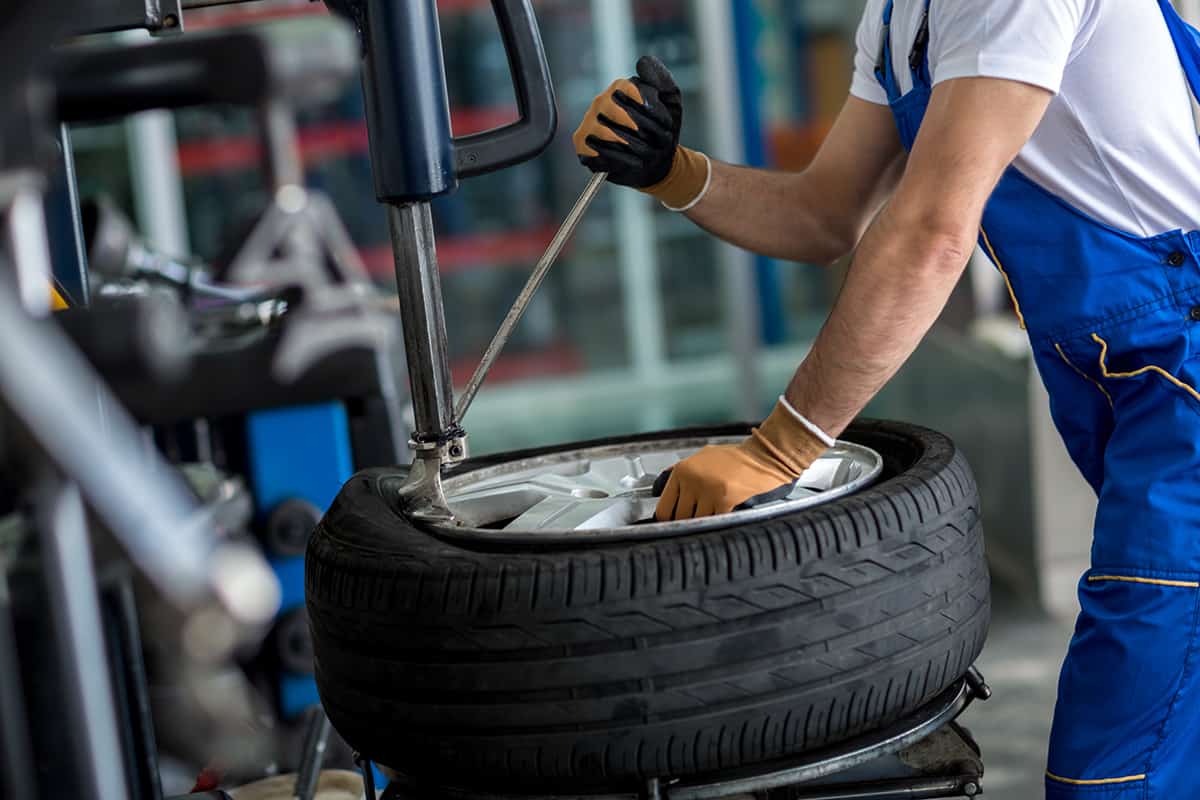
Tire balancing is a key aspect of vehicle maintenance that ensures your tires are able to rotate evenly and provide a smooth, comfortable ride. This section will help you understand what tire balancing is and the different methods used to achieve it.
What is tire balancing?
Tire balancing is the process of ensuring that the weight of the tire is evenly distributed around the wheel. This is done by placing small weights on the rim of the wheel to offset any heavy spots. These weights are usually made of lead, steel, or other heavy metals.
When you buy new tires, they should be balanced before they’re put on your car. But even after this, tires can become unbalanced over time due to normal wear and tear or if you hit a pothole or curb. That’s why you need to have your tires checked for balance regularly.
Static Balancing vs. Dynamic Balancing
You’ll find two main types of tire balancing: static and dynamic balancing.
Static balancing is a simpler method. The tire is placed on a manual balancer, and the technician looks for the part of the tire that causes it to tip or become unsteady. The technician then attaches a weight on the opposite side of the wheel to counterbalance the heavy spot.
Dynamic balancing is a bit more complex but also more precise. The tire is placed on a machine that spins it at high speed. Sensors in the machine detect vibrations that indicate imbalance. The machine then tells the technician exactly where to place weights and how much weight to add.
How to Balance Your Tires at Home
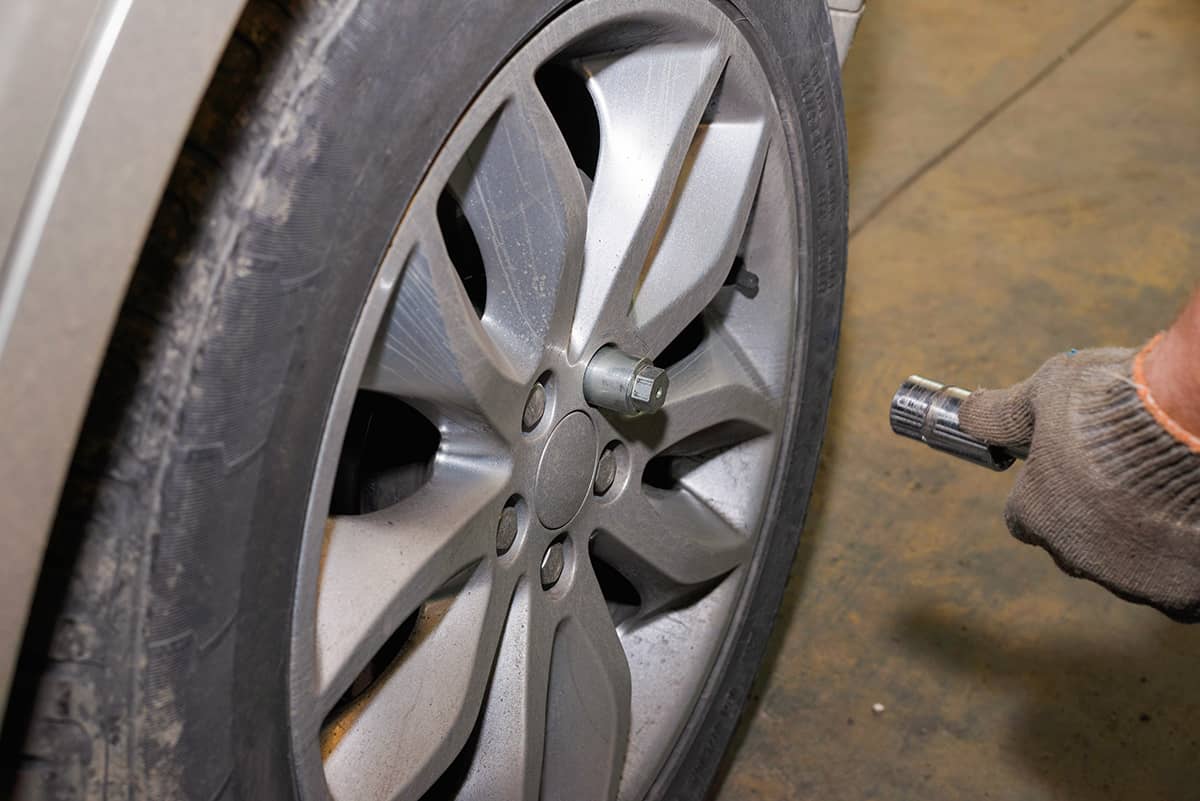
Balancing your tires might sound like a task best left to professionals, but with the right tools and a bit of time, it’s something you can tackle at home. In this section, we’ll guide you through the process step-by-step.
Before you start, you’ll need some equipment. The most important piece is a portable wheel balancer, such as the FreeTec with Bubble Lever (Amazon). You’ll also need a set of wheel weights (CKAuto on Amazon) and a basic tool kit with items like a socket set and a rubber mallet.
Now, make sure your tires are correctly inflated and free from damage, and we can begin!
- Remove the wheel from your vehicle: Start by loosening the lug nuts on the wheel while the car is still on the ground. Once they are loose, use a jack to lift the vehicle off the ground and then fully remove the lug nuts and the wheel.
- Set up the wheel balancer: Follow the instructions provided with your wheel balancer to set it up. Make sure it’s on a flat, even surface.
- Mount the wheel: Place your wheel on the balancer. Ensure it’s secure and can rotate freely.
- Locate the heavy spot: Give the wheel a gentle spin. It will slowly come to rest with the heaviest part of the tire at the bottom. Mark this spot with a piece of chalk or tape.
- Attach the weights: On the inside of the wheel rim opposite the heavy spot, attach a small wheel weight. Start with a small weight first – you can always add more if needed.
- Recheck the balance: Spin the wheel again. If it still comes to rest at the marked spot, you may need to add more weight. If it stops randomly, that means your tire is balanced.
- Reattach the wheel: Once you’re satisfied that the tire is balanced, reattach it to your vehicle. Be sure to tighten the lug nuts securely.
FAQs
1. What causes tires to become unbalanced?
Tires can become unbalanced due to a variety of reasons. One common cause is uneven tire wear, which occurs naturally over time as you drive. Different driving conditions, such as regularly driving on rough roads or hitting curbs and potholes, can also cause uneven wear. Also, losing a wheel weight, which can happen from impact or over time, can cause imbalance.
2. How often should I balance my tires?
As a rule of thumb, you should balance your tires every 12,000 miles. However, if you notice signs of unbalanced tires like vibrations in your steering wheel or seat, unusual tire wear, or poor handling before you reach this mileage, you should get your tires balanced sooner. Also, any time you buy new tires or if you have a tire repaired, it should be balanced.
3. How do unbalanced tires affect mileage?
Unbalanced tires can negatively affect your gas mileage. When your tires are unbalanced, your vehicle’s engine has to work harder to move the car, which uses more fuel. The increased friction and rolling resistance caused by unbalanced tires mean your car isn’t moving as efficiently as it could be.
